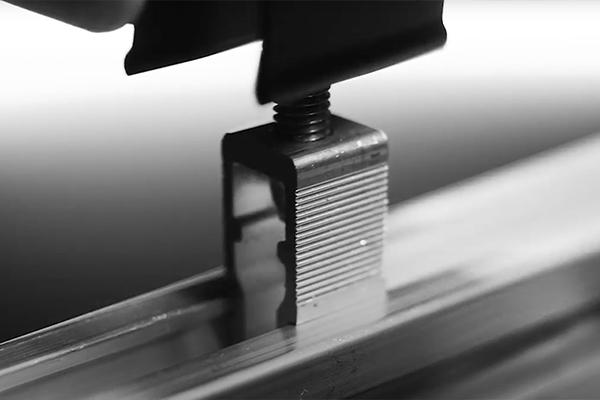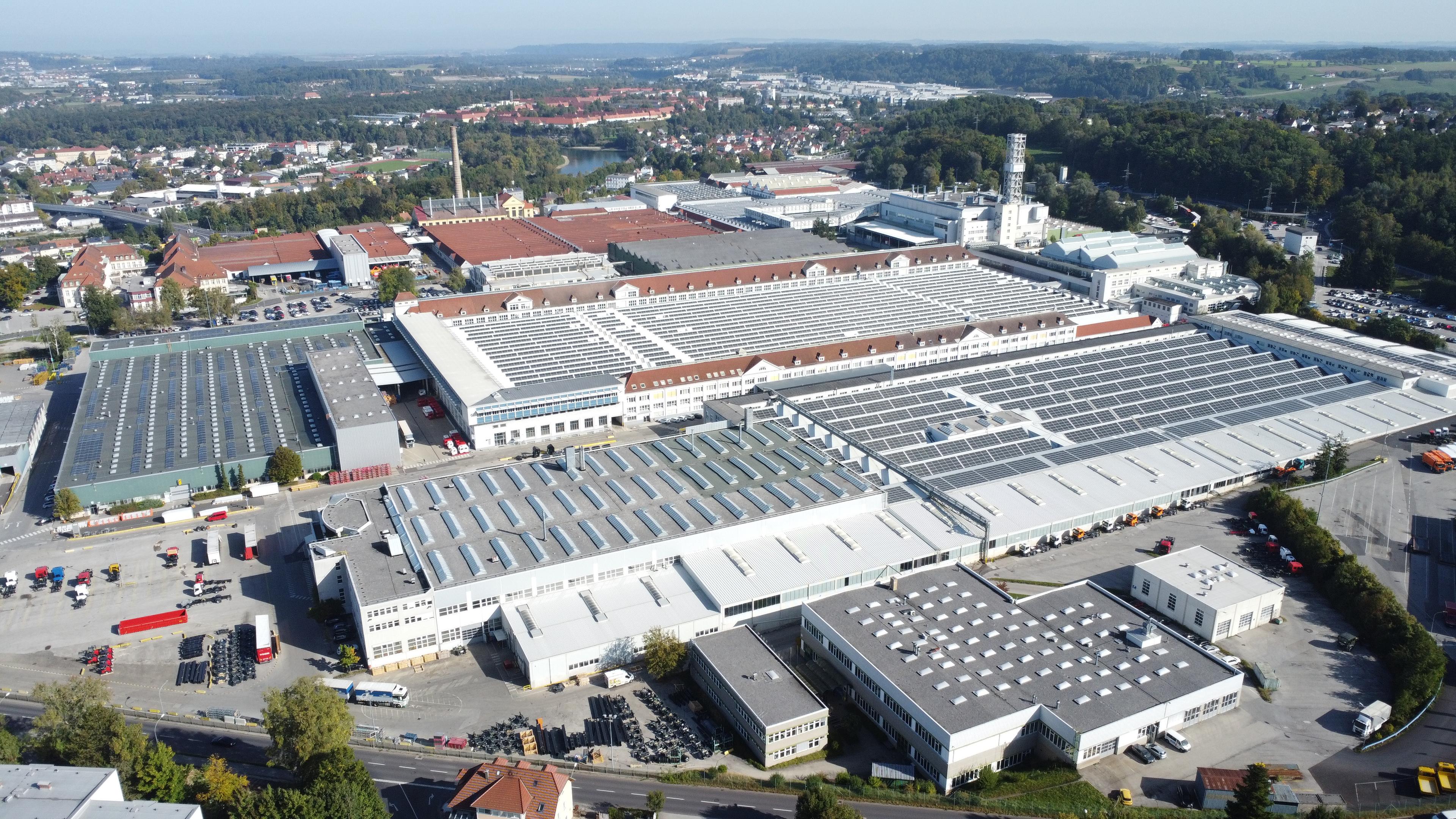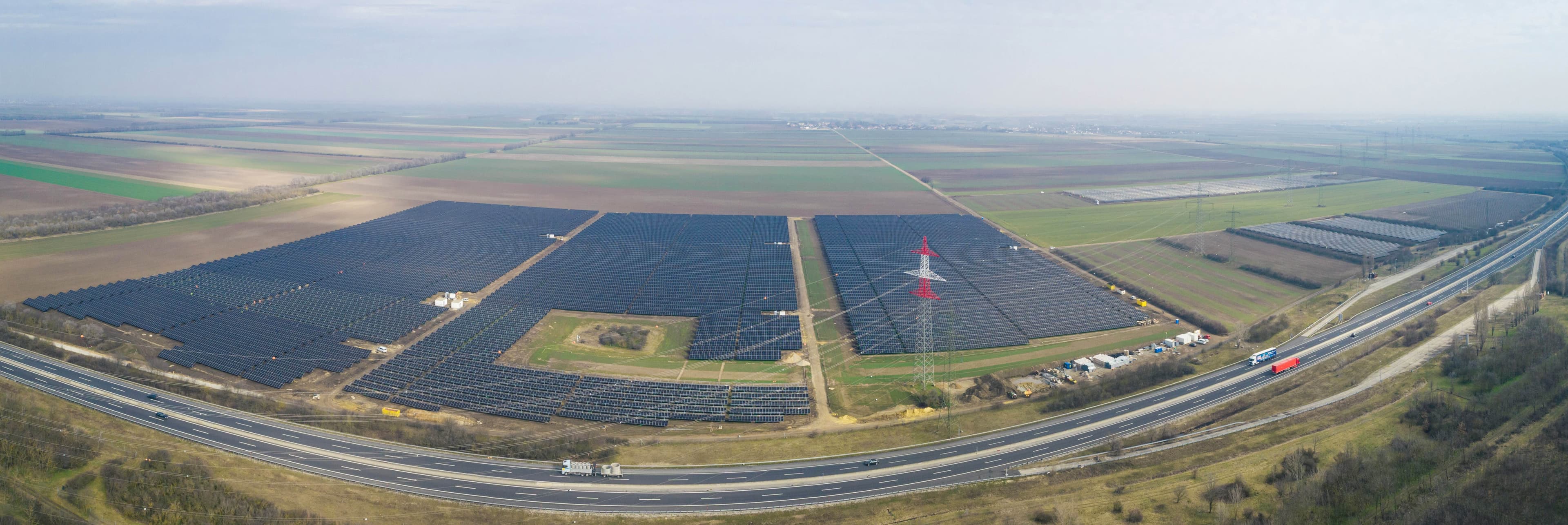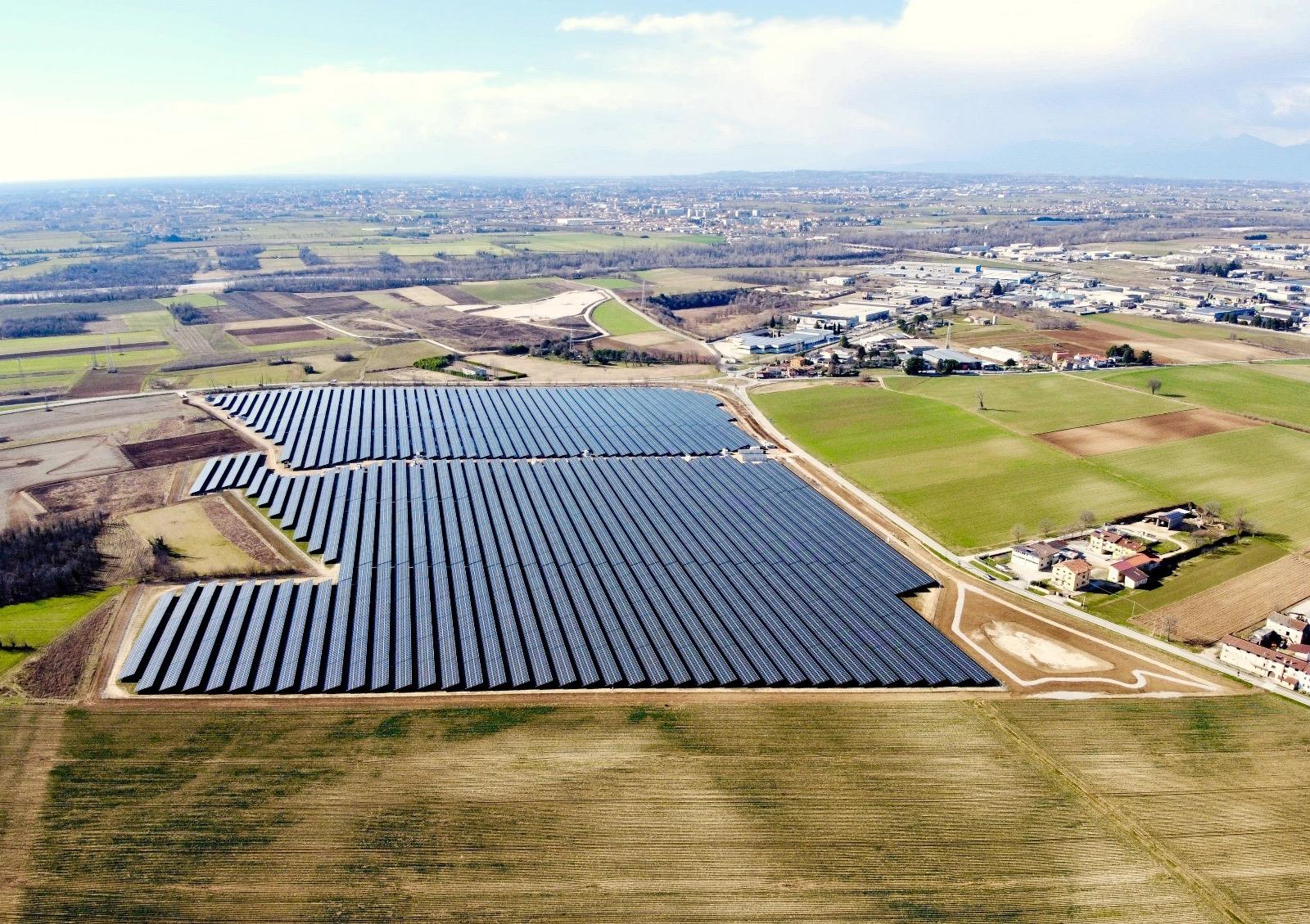
Largest tracker project in the Caribbean comes online
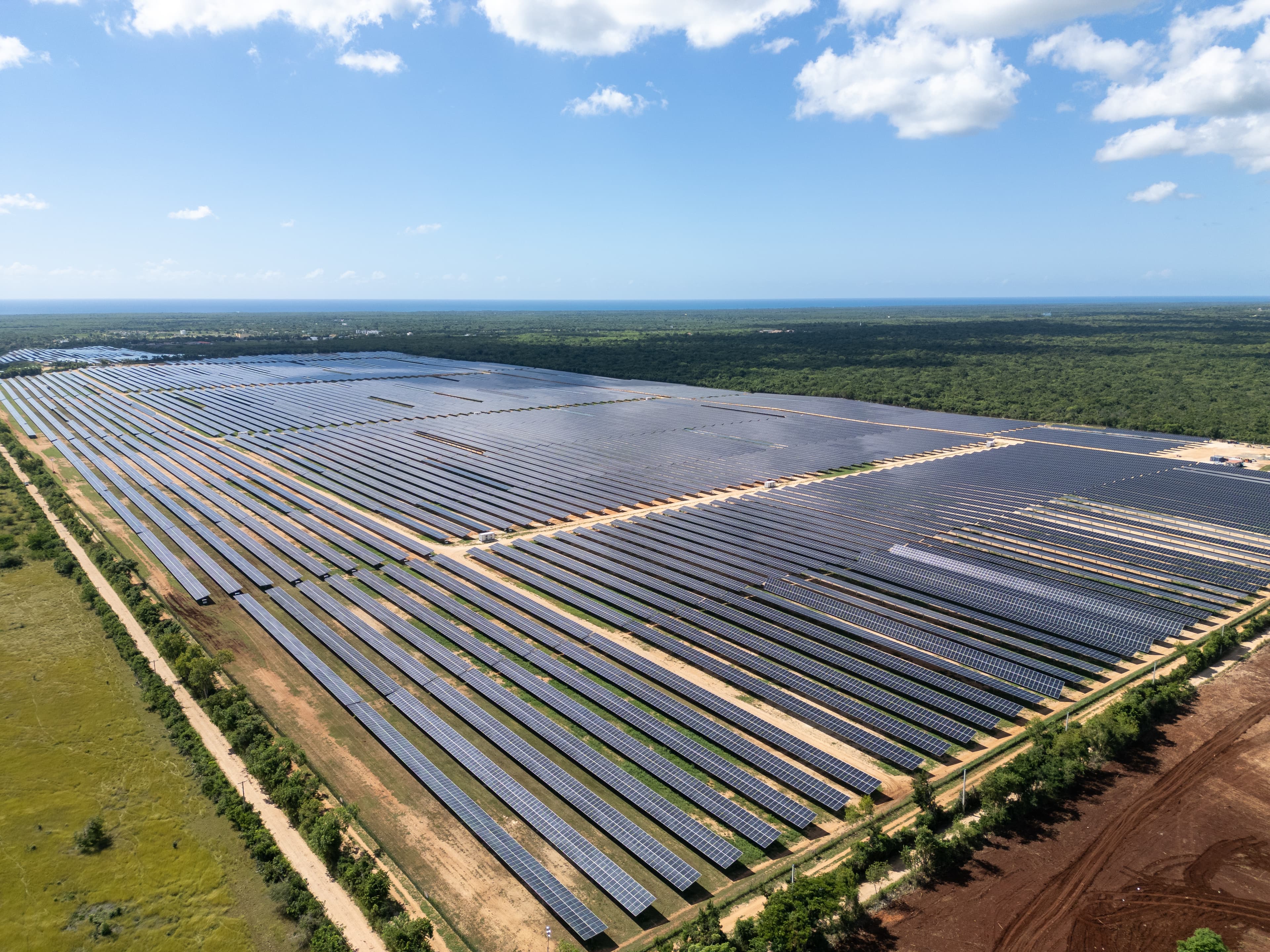
President Luis Abinader officially inaugurates the largest PV tracker system in the Dominican Republic. With close to 180,000 modules and a total output of 97 MWp, this is the largest system of its kind in the Caribbean. The system is mounted on a Schletter Tracking System 2P, which is as stable as a fixed-tilt system and will withstand the frequent tropical cyclones.
“In terms of yield, tropical regions are ideal locations for photovoltaics”, says Stefan Luginger, Construction Supervisor & Commissioning Engineer. “However, the systems are also subject to extreme stresses from tropical cyclones and the humid maritime climate.” It is against this backdrop that the developer, Ecoener, decided to use Schletter’s Tracking System 2P. The system features a patented self-locking mechanism on each post and has been approved for wind speeds of up to 257 km/h. “The project has shown that system operators can benefit from the additional yield of Schletter's Tracking System – even in hurricane regions”, adds Luginger.
Please accept the marketing cookies to be able to watch the video
The system was built in Cumayasa on the southern coast of the Dominican Republic. To ensure that the system was securely anchored in the subsoil, Schletter conducted a geological soil survey at the start of the project. Due to the soil being heterogeneous and interspersed with stones, concrete foundations were planned in favour of conventional pile-driven foundations. Concrete foundations are not only better suited to disperse the tensile and shear forces, occurring under extreme wind loads, into the ground; but also allow more precise installation of the posts. “Before the post hole is filled with concrete, the posts are positioned precisely using GPS measurements and support bolts”, explains Oscar Rubio, Sales Manager for Spain & Latin America. “This allows us to align the posts accurately to within a centimetre along the entire 120 metres.”
In addition to the high wind loads, the immediate proximity of the system to the sea was one of the challenges of the project. High humidity, condensation, and a high chloride content in the atmosphere promote corrosion and put a considerable amount of stress on steel components. As is the case with many other projects in the region, Schletter works with a particularly resistant zinc coating for all steel components with corrosion class C4. The Schletter Group has been active in the Dominican Republic since 2011 and has installed several ground-mounted fixed-tilt systems, including in Monte Plata, Monte Cristi, and Santanasol as well as at most of the AERODOM airports. The system is the first tracker system that Schletter has installed there. The solar power plant supplies around 48,000 households with sustainable solar power, saving 140,000 t of CO₂.
Please accept the marketing cookies to be able to watch the video

